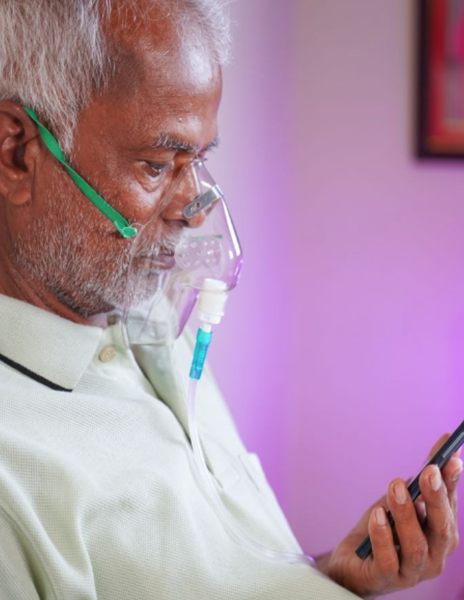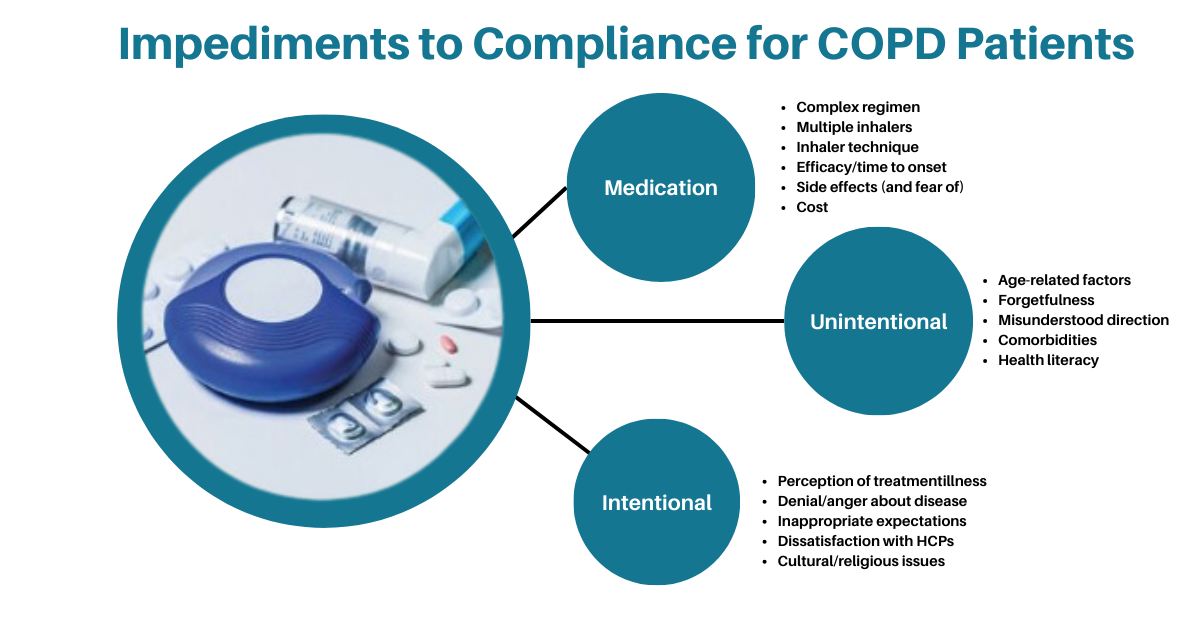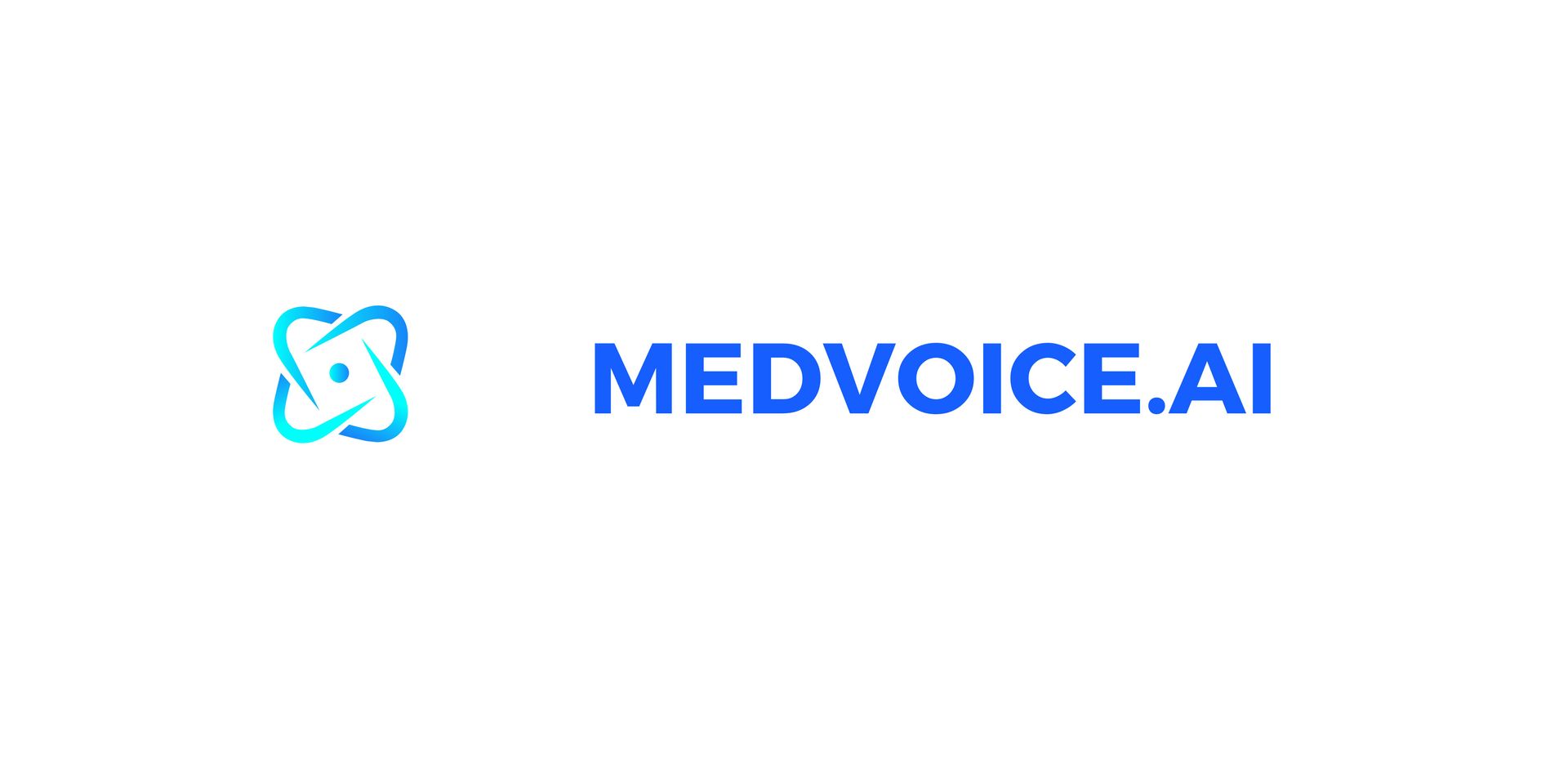Empowering
Medical Devices
& Patients
with Conversational AI
About Us
MedVoice Al™ brings together the clinical excellence of Mayo Clinic with patented technologies developed by researchers at Carnegie Mellon University.
We develop scalable systems that empower in-home medical devices to guide patients throughout their treatment.

Market Trends & Problems
Trends
- The COVID pandemic drove the need for Remote Patient Care
- Medicare & Private Insurance reimbursement expanded coverage for Remote Patient Monitoring (RPM)
- 16 million people live with COPD in the US; over 250 million people globally
- Hospital to Home is a growing healthcare trend
Problems
- COPD is 3rd leading cause of death; improve monitoring to saves live
- $49 billion annual healthcare costs due to COPD driven by delayed treatment, poor medication adherence, and unnecessary hospital visits
- 1 million plus ER visits in the US per year attributed to people with COPD symptoms
- Most medical devices are not designed for home use and are not being used properly in a remote setting
Initial Market: COPD
COPD is becoming the leading
cause of death worldwide
- Compliance to treatment is essential to disease management
- Compliance rates are reportedly under 50%
- Communication and education can address compliance obstacles
A simple conversational guided interaction would:
- optimize home care
- address the impediments to compliance prevent exacerbations lower costs
- Prevent exacerbations
- Lower costs

MEDVOICE AI Solutions
Today's medical devices have Al capabilities, but they do not converse with the patients and help them to remotely use devices traditionally intended for professional/in hospital use.
The patented MedVoice Al system gathers information about the COPD patient's health status, medical history, and comorbidities.
Imbedded conversational Al enables the device to talk patients through using the device, interpreting the results and helping the patient and their caregivers understand what it means.
Over time, machine learning will yield vital insights for COPD patient experiences and support continuous system improvements.







